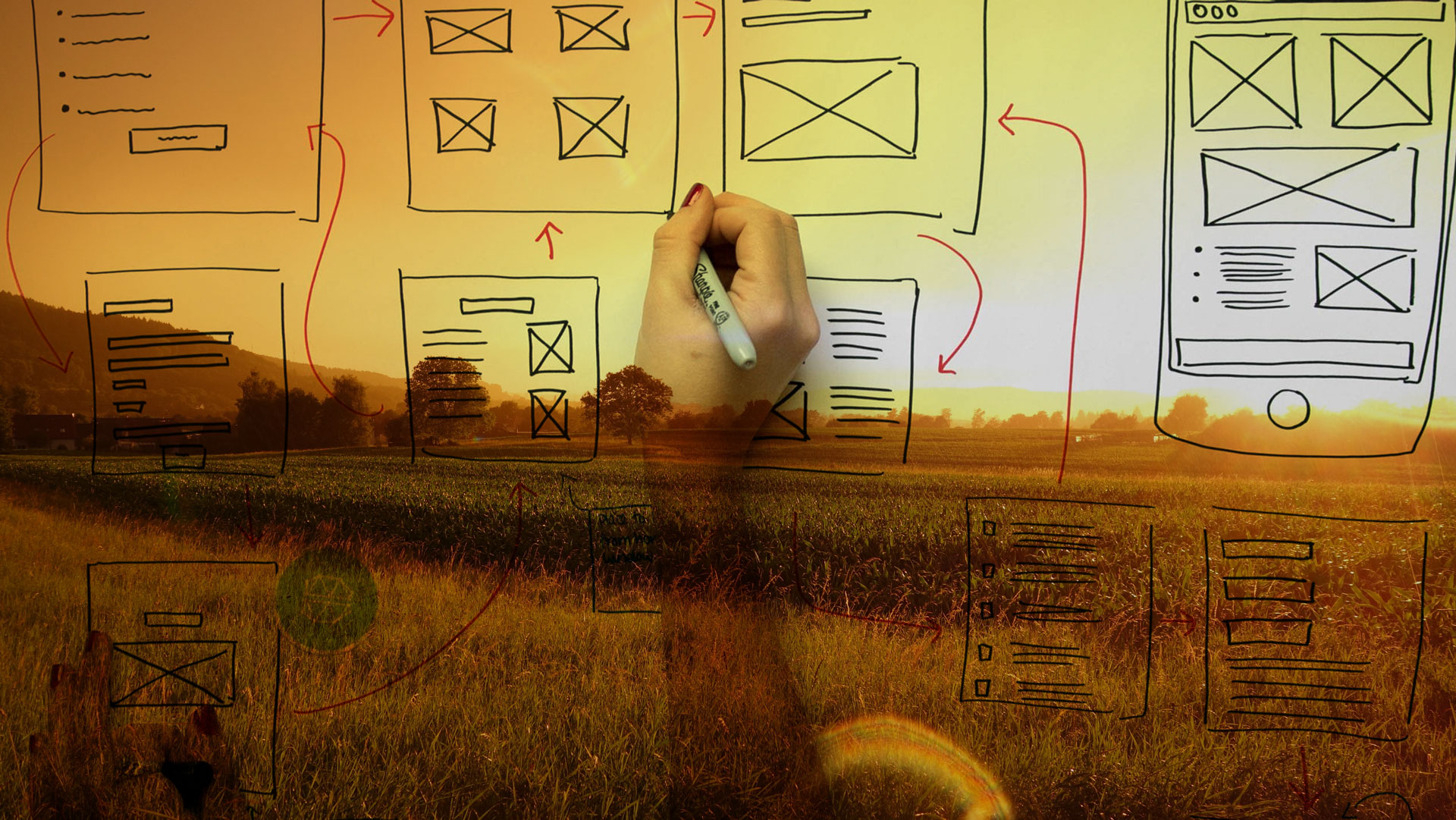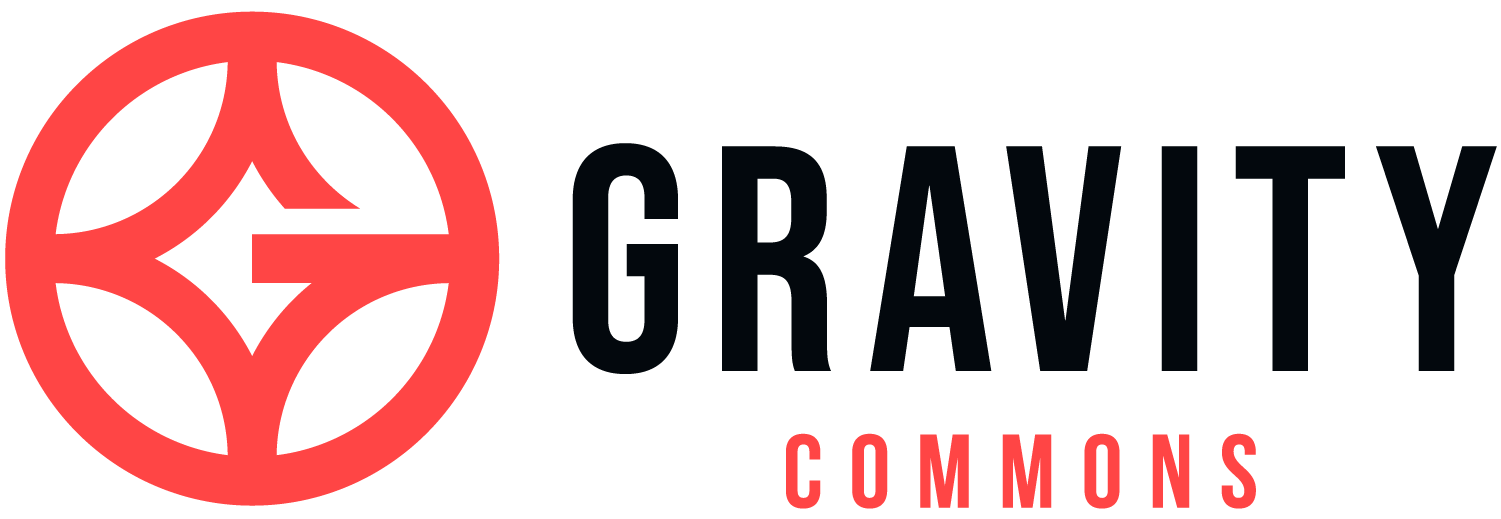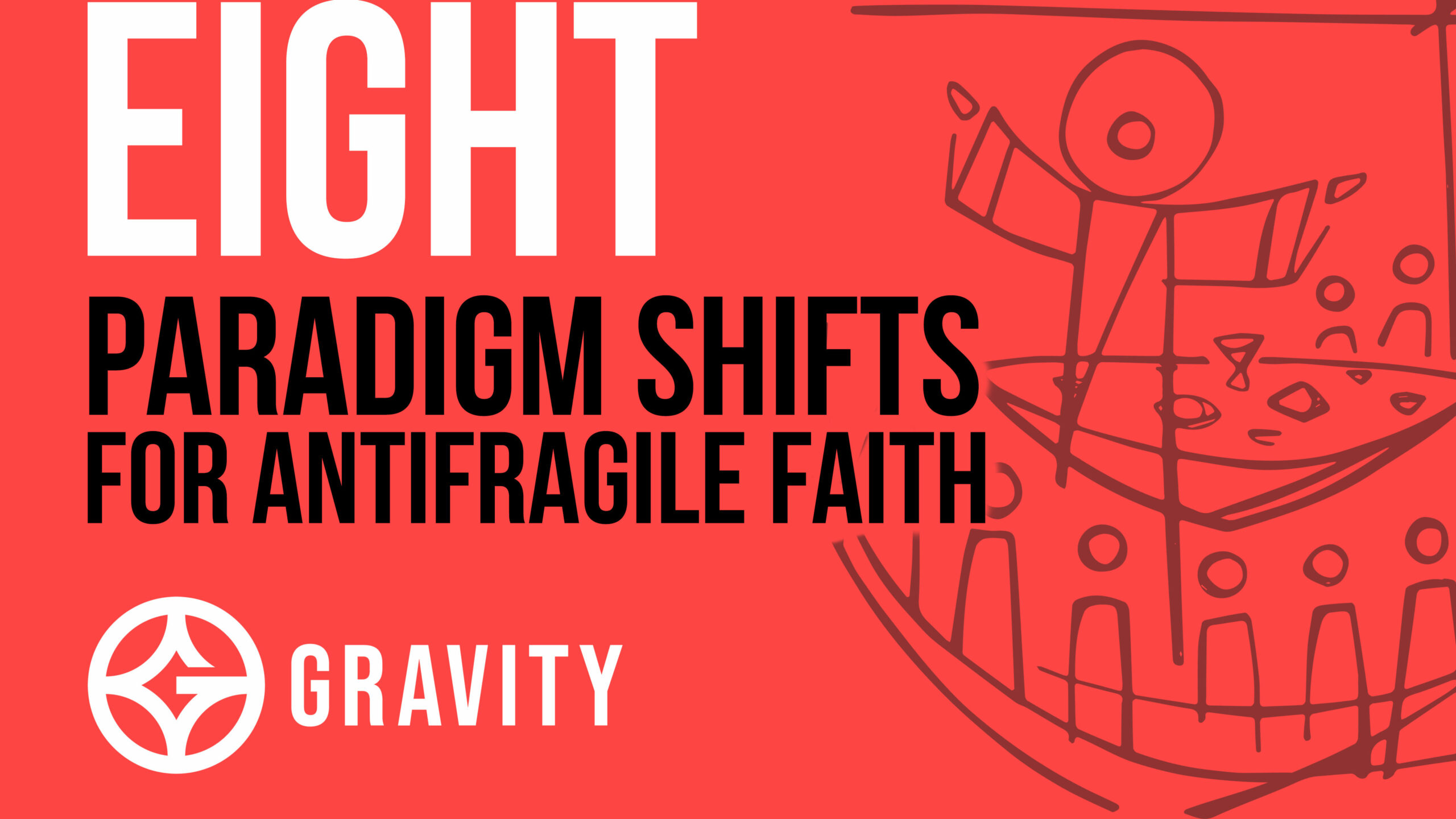Try Doing Evangelism Like a UX Designer, Not an Engineer
I want to talk about evangelism: how we typically think the wrong way about it, and how to think about it differently. But first I need to tell you something about my coffee maker.
My drip coffee maker at home has three settings:
- Regular
- 1-4 Cups
- Bold
I’ve made thousands of cups of coffee using this coffee make over the past several years, and my observation is that the “1-4 Cups” setting and the “Bold” setting seem to do exactly the same thing.
Basically, both of those settings send the water through the coffee grounds a bit slower. This is a good thing to do when you have a small amount of coffee brew (1-4 Cups), or when you want to extract a bit more flavor from the grounds (“Bold”).
It’s (probably) the same setting, but since there are two applications for the setting, it got listed as two different “settings.” So this got me thinking about the differences between engineers and user-experience (UX) designers.

The difference between UX designers and engineers
If my coffee maker indeed only has two settings (“regular” and “slow”), the engineer’s impulse would be to indicate there are only two settings, and label them as such. The engineer’s tendency is to give the raw information, and let the user sort out the various applications and implications of those settings.
The engineer thinks from the product’s perspective, and trusts the user to discern and discover how to use the product (because most engineers think that everyone thinks like an engineer!).
However, the UX designer thinks in the opposite direction, from the user’s experience back to the product. So a UX designer who knows that a slower-paced brew is good for both small amounts of coffee and for bolder-flavored coffee will create three settings instead of two.
The engineer thinks, “There’s only two settings,” but the UX designer thinks, “There are three applications,” thus making it easier for a user, who isn’t an engineer, and thus isn’t thinking about how fast the water is passing through her coffee grounds. She’s thinking about how much coffee she wants to brew and how strong she wants it. This is why UX design is important.
Anyway, this got me thinking about evangelism. (Hang with me, we’re almost there.)
UX designer evangelism vs. engineer evangelism
Too often I think we approach evangelism like engineers. We think that our job is to explain a theology of atonement, and hope that people can work out the implications and applications on their own… we think from the theology’s perspective.
But this isn’t how Jesus did evangelism. To follow his lead, we need to learn to do evangelism like UX designers.
Instead of starting from the mechanics of how salvation works, we’d be better off starting from the experience of the hearer, doing the work of discerning implications and applications so we can make those clear to people at the outset. Probably way before they understand anything about the theology of salvation or atonement.
Most people aren’t walking around thinking, “I sure feel alienated from God. I wonder how I’ll ever be reconciled to him.” No, they’re thinking on a much different level, like,
- “My job sucks,” or
- “I’m not sure I want to be married anymore,” or
- “I don’t have any friends I can be real with” or
- “Wow I sure love living in this neighborhood.”
If you think like a UX designer in evangelism, you’ll start by proclaiming the implications of the gospel to the specific person you’re talking with (and to discover which implications might be relevant, you’ll likely need to spend quite awhile asking questions and getting to know them as a person).
This is how Jesus did evangelism
Which is how Jesus did it. He never really explains a theology of salvation or atonement at the outset. Instead, he just proclaims specific, concrete implications of the good news of the kingdom of God to the people he is talking with.
Sometimes it’s in the form of a question, or a command. Sometimes he embodies good news with his actions (eating with Zaccheus, cooking breakfast for Peter after the resurrection). Here are a few examples of Jesus proclaiming good news contextually and concretely to people right in front of him:
- “Take up your mat and walk.”
- “Come down out of that tree, Zaccheus. I’m coming to your house for lunch.”
- “Throw your nets on the other side of the boat.”
- “Neither do I condemn you. Go and leave your life of sin.”
- “Will you give me a drink?”
- “Peter, come and have breakfast.”
The “settings” of how salvations works are far less important in evangelism than simply hearing good news and responding to it. So when it comes to evangelism, try acting more like a UX designer and less like an engineer.
P.S. Learning to do this is not easy! This is why it’s one of the main practices we train people to do in our coaching. Check it out if you’re interested in learning to do evangelism and discipleship (and mission) like Jesus!
This work by Gravity Commons is licensed under CC BY-NC-ND 4.0
2 Comments
Leave a Comment
Join the Gravity Community
A space for people who want to find their way into a more generous, joyful, decolonized Christian faith together.


Great point overall, though I’d say (from a UX perspective) that the example is not a great one. The designer of your coffee maker forgot about people who want 2 cups of bold, or who want to specify 2 cups of regular but don’t have the experience with the machine you have and don’t know whether pressing “1-4 cups” will get you bold or regular coffee.
Lol true!